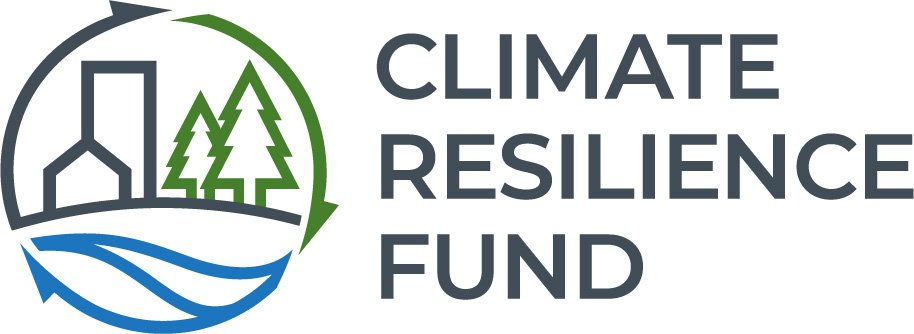from the Climate Resilience Fund and our Partners at the wildlife conservation society
Managing Risks to Conservation Investments Through Climate Adaptation
The Climate Resilience Fund (CRF) has teamed with the Wildlife Conservation Society’s (WCS) Climate Adaptation Fund to author a groundbreaking new report that provides practical guidance to funders and natural resource managers for reducing investment risk in the era of climate change.
According to the 2018 National Climate Assessment, ecologically and economically valuable resources are being lost at an alarming rate due to climate change impacts.
For conservation funders, these threats represent a disturbance to the status quo for ecosystems where they have already made significant investment, and perhaps more critically, emphasize the ever-shifting landscape for future investing decisions.
The report presents a new concept, the continuum of intentionality for funders, which contains three levels: Empower, Require, and Equip.
"This allows funders to evaluate their current capacity for considering climate change in their own work and that of their grantees,” explained John Nordgren, Managing Director of the Climate Resilience Fund. "The guidance meets them where they are by presenting options with varying levels of effort for incorporating climate-science based criteria and provides them with the next steps and necessary tools to increase their level of intentionality.”
In addition to providing valuable strategies and guidance, the report includes a number of examples from projects that have successfully incorporated climate science into their work, as well as others that have used communications to attract significant new investments and scale up.
Conservation investors can and should lead the way in making more durable investments in the face of a changing climate. They can also help their grant recipients employ climate adaptation principles in their own work through the following actions:
Conduct a Portfolio Risk Assessment
Enlist the help of climate adaptation experts to evaluate your current portfolio of investments to determine which ones may be most at risk from the impacts of climate change.Make Climate-Smart Investments
At a minimum, ask your staff or your grant recipients how their proposed programs or projects take climate change into consideration or, ideally, require that they incorporate climate considerations into their programmatic goals and strategies.Build Capacity
Build your staff and grantees’ capacity by funding them to attend adaptation trainings and conferences, to do climate-informed planning, and to hire climate expertise on staff or partner with outside experts.Communicate and Leverage
Share the stories of your investments as models to leverage policy change at local, state and federal levels, incentivize greater investment in climate change adaptation and mitigation, and accelerate the pace of learning about successful climate adaptation strategies.


